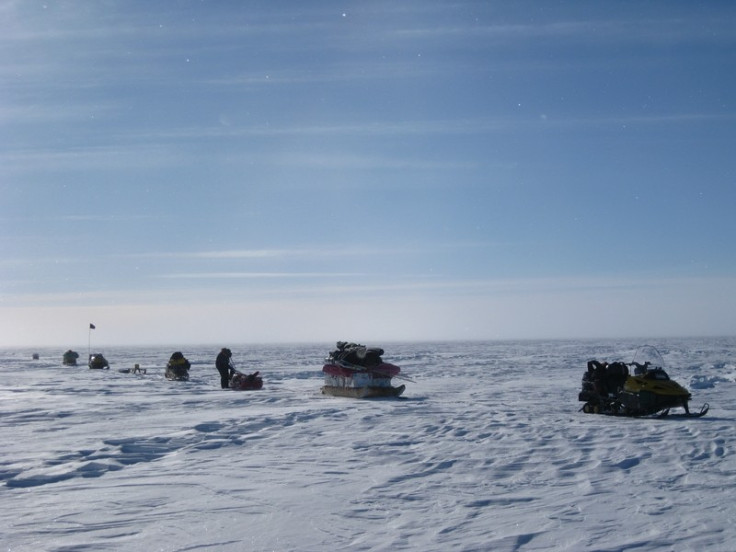Grand Canyon-Size Rift Beneath West Antarctica Contributing To Ice Loss

The Ferrigno Rift valley, which is as huge as the Grand Canyon, beneath the ice in West Antarctica, is contributing to ice loss in the continent.
University of Aberdeen and British Antarctic Survey (BAS) researchers had discovered Ferrigno in 1961. After five decades they have found that the rift is the major cause of ice loss in the region. They found the link between the ice loss and the Ferrigno Rift while analysing data retrieved from an ice-penetrating radar system installed behind a skidoo that drove over a distance of 1,500 miles across the flat ice surface in West Antarctica.
The data retrieved from the radar showed that the Ferrigno Rift valley is bringing more warm sea water to the ice sheet in Antarctica, causing the ice to melt rapidly, according to a BBC report.
"The newly discovered Ferrigno Rift is part of a huge and yet poorly understood rift system that lies beneath the West Antarctic ice sheet," said Dr Fausto Ferraccioli, geophysicist at the British Antarctic Survey.
"What this study shows is that this ancient rift basin, and the others discovered under the ice that connect to the warming ocean can influence contemporary ice flow and may exacerbate ice losses by steering coastal changes further inland," he said.
Over the past few decades, scientists have been studying the Antarctica region and have noticed that the West Antarctic ice sheet is losing ice faster than any other part of Antarctica. Some glaciers in West Antarctica are shrinking by more than one metre a year. Thinning ice in West Antarctica is currently contributing nearly 10 per cent of global sea level rise, the main culprit being the Ferringo Rift.
"For some of the glaciers, including Ferrigno ice stream, the losses are especially pronounced, and, to understand why, we needed to acquire data about conditions beneath the ice surface," said Dr Robert Bingham, glaciologist at the University of Aberdeen.
© Copyright IBTimes 2024. All rights reserved.





